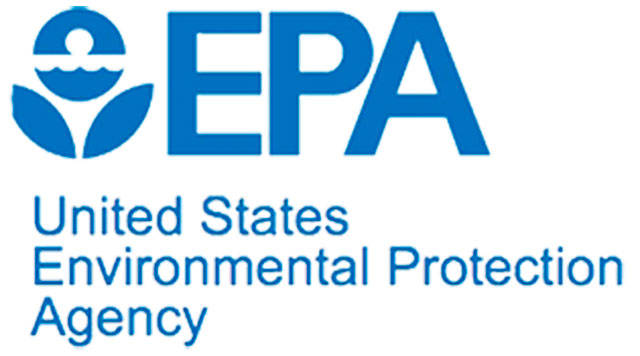The U.S. Environmental Protection Agency recently announced they have updated and revised cleanup plans for the Wyckoff-Eagle Harbor Superfund site on Bainbridge Island.
“The newly selected cleanup technology will permanently contain and immobilize creosote and other contaminants in soil and groundwater under the former Wyckoff wood treating facility. This work will protect the island’s drinking water aquifers and prevent contaminants from reaching Puget Sound,” the EPA announced.
The EPA’s May 2019 Record of Decision Amendment and fact sheet describes the cleanup actions, which include: installing an underground cutoff wall along the south side of the former wood treating area to divert clean groundwater away from contaminated soil and groundwater; treating at least 267,000 cubic yards of contaminated soil and groundwater by mixing in a cement slurry to permanently immobilize the contamination on site; and covering the soil treatment area with a clean soil cap and building a new stormwater drain.
“Cleaning up historic contamination at the Wyckoff site is critical to protecting people’s health and the health of Puget Sound,” said EPA Region 10 Administrator Chris Hladick. “We have improved our cleanup plans in response to public comments, and we look forward to making the property and nearby beaches safe again for the community to use and enjoy.”
There are significant benefits expected from the updated cleanup plan, officials said.
“Once construction of the final protective soil cap is complete and long-term monitoring is underway, the property will be safe for people to visit and play,” according to the official announcement.
“Bainbridge Island Metro Parks plans to add this cleaned-up property to Pritchard Park, a popular community recreation area. By solidifying the soil and groundwater contamination in a concrete-like matrix, the cleanup will better protect the public beaches, Eagle Harbor and Puget Sound.
“This work will lead to a decrease in contaminant levels and enable the state to stop active groundwater extraction and treatment operations. Ending groundwater treatment operation will save Washington state taxpayers at least $750,000 in annual operations costs.”
This updated cleanup plan modifies an earlier decision for the site, issued in 2000.
That previous plan called for steam-enhanced extraction of contaminants from the soils and groundwater. Pilot testing showed that steam-enhanced extraction could not meet project cleanup goals. As a contingent remedy, EPA installed a steel sheet pile wall around three sides of the site and operated a continuous groundwater extraction and treatment system to contain the contamination.
While this containment system has prevented large-scale releases of contaminants to Eagle Harbor, it is expensive to operate, and has not entirely stopped contaminants moving into Eagle Harbor or the groundwater aquifer.
In 2016, the EPA proposed a cleanup plan for the nearshore, beach and upland areas to remove and contain the contamination and treat contaminated groundwater.
This work was later divided into two phases to expedite the priority cleanup of the beaches and replacement of the containment. Phase one, described in the May 2018 Record of Decision Amendment, will improve the site access road, replace the aging steel sheet pile perimeter wall, and dredge and cap contaminated beach sediments.
The first phase is expected to cost an estimated $36 million.
Phase two is expected to cost an estimated $60 million.
Construction of both phases is scheduled to be completed by 2032.


